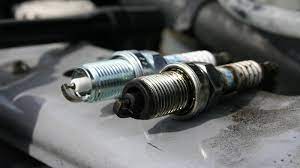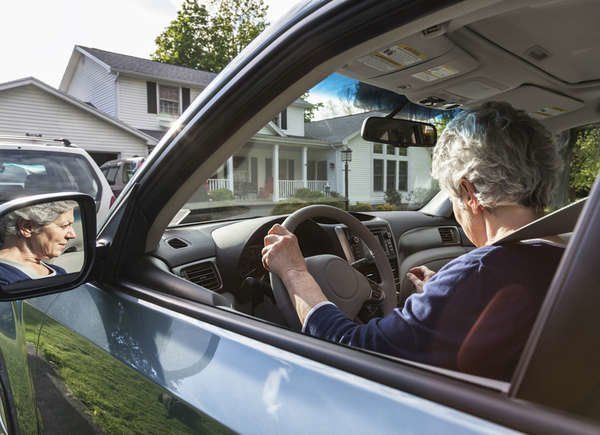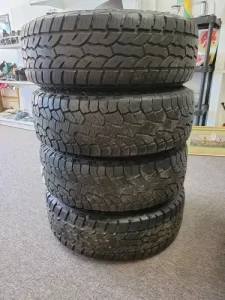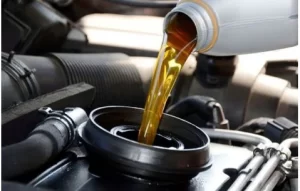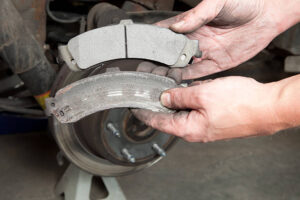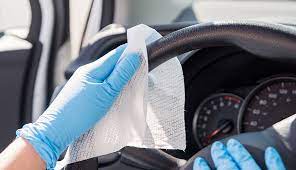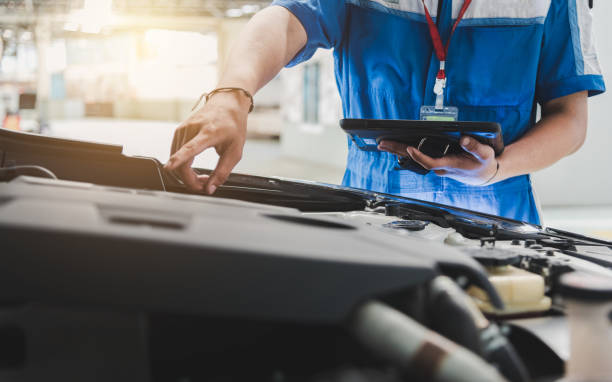
Here are tips and tricks to keep your car running smoothly and healthy. You’ll be more confident driving your car if you check the oil, wipers on the windscreen, and tire pressure. Your annual service check will also result in lower repair costs!
Check your radiators and cooling systems
Warning: Never remove the radiator cap when the engine has reached a high temperature. Allow it to cool down for a few hours to avoid injuries.
The radiator coolant level can be easily checked in the plastic bottle with most cars. The story of the coolant should be between the high and lower markings.
If the level is low, top it up with the coolant recommended by the vehicle manufacturer or call the NRMA Motoring Advice team for assistance at a href=”tel:131122″>13 11 22/a>. If it is low, top it with the recommended vehicle coolant or contact the NRMA Motoring Advice Team for help on 13 11 22.
A leak in your vehicle’s coolant could indicate a more significant problem that requires professional diagnosis. When you open the bonnet, check the hoses and piping – including those that lead to the heater and radiator – and the fuel lines.
When you open the bonnet, check the hoses that lead to the heater and radiator. Also, inspect any pipes connected to the power steering and brakes. Any stains could be an indication of a leak. A reputable mechanic should replace any soft, kinked, or swollen hoses, as well as those with cracks.
Check your engine oil regularly
should check the engine oil every month. If you wait too long, it’s easy to miss problems with your oil and cause costly damage to your engine. How to do it
Start the engine and let it run a few minutes, then turn it off
Remove the dipstick while the engine is still warm, and clean it with a paper towel or a clean cloth. Reinstall the dipstick. Make sure it is fully inserted. Otherwise, you will get a false reading.
Check the oil level by removing the dipstick. The oil level should be between the low- and high markings. Check the owner’s guide for the right oil grade before topping up the oil if the level is low. Do not start your engine if the dipstick does not show any oil! A motor with no oil could seize, and it can be very expensive to fix.
Check your tires
By checking your tires’ condition and pressure, you can extend their life and make your vehicle safer. Remember to check your spare tire if you own one.
Incorrect tyre pressure can cause your car to be less safe and reduce its life expectancy. You can find the correct pressure of your tires on the placard that is usually located inside the door. Check the owner’s guide if you are still looking for it. It would be best if you always carried a tire gauge with you in your vehicle because the gauges at service stations are not always accurate.
should also be checked on all of your tyres. The minimum tread depth for any part of the surface is 1.5mm. The tread depth indicator is located in the grooves of the tire. It is time to replace your tire when the tread has worn down to the level of an indicator. Check your tires as well for any abnormal wear or damage, such as cracks and bulges. These could indicate a suspension issue.
If you have spare tires, rotate them regularly to extend their life. The spare tire can also be kept in better shape by rotating it every now and then. A spare left in the car’s boot for many years will dry out and make a blowout more likely.
Checking the battery condition of your car
Warning: Checking your battery near an open flame or lit cigarette can be dangerous. Batteries release an explosive gas, and the fluid within is corrosive. Avoid contact with eyes, skin, and painted surfaces.
You can avoid the hassle of an unexpected flat by checking your battery regularly. Regularly checking your battery can increase its lifespan and ensure that it will always start.
Remove the caps from your battery and make sure that the plates are completely submerged in the liquid. You can check the battery’s health quickly by looking at the indicator that is on the outside case of some batteries. If it is low, fill the battery with distilled (rather than tap) water. Refrain from filling. Replace the caps, and make sure the clamps on the terminals of the storm are secure. The battery top should be dry and clean, and the terminals free of corrosion. This can appear as a white or blueish substance.
It’s worth buying a battery charger if your car takes longer to start than usual or you’re aware that your battery needs to be changed for a long period of time. Battery charging is a great way to extend the life and performance of your vehicle’s battery.
You can call the NRMA if you ever experience a flat tire or are concerned about your battery’s performance. Our mobile battery specialists can diagnose, charge or even replace your battery.
Keep your wiper fluid and windscreen washers topped up
It is important to have plenty of washer fluid and windscreen wipers that are in good working order for a clear view while driving.
Washing fluid
Fill the washer bottle with the correct amount of additive and clean water. Do not use household detergents, which may damage your car’s paintwork and wipers.
Checking headlights, indicators, and taillights
It is not only necessary for your safety and that of others, but it is also required by law. You should test your headlights and indicators often. Also, the high beams. If you do not have anyone to help you with the brake and reverse lights, you can use the reflection of your car on a shopfront glass or a wall.
You can find the type of globe you need on the globe, in the owner’s guide or by asking your mechanic or parts store. Repco and other motoring stores like Repco offer replacement globes and car care and maintenance products. Members of the NRMA receive a 10% discount.



